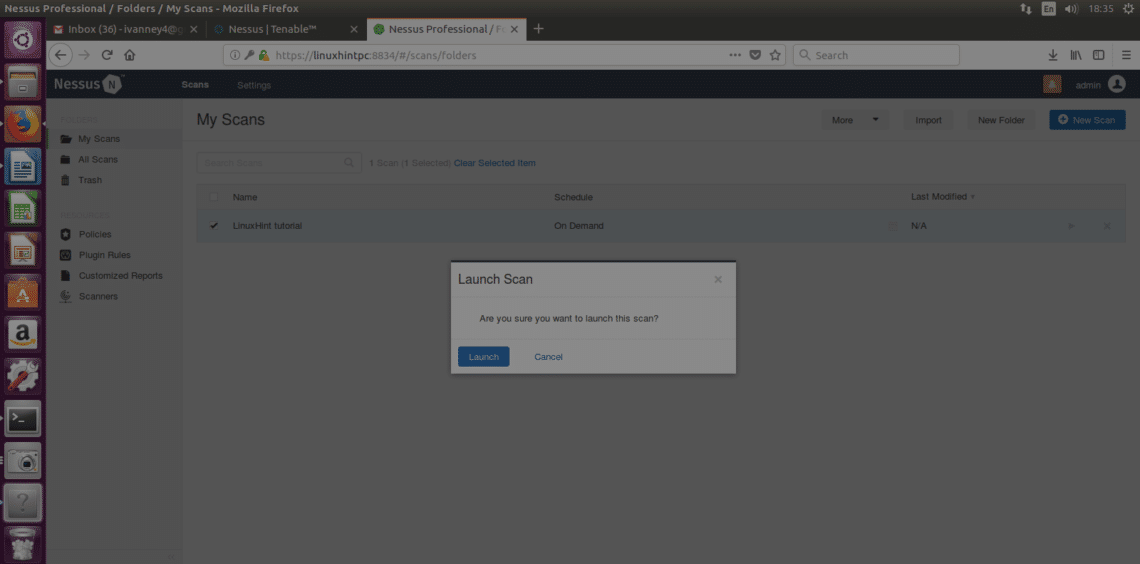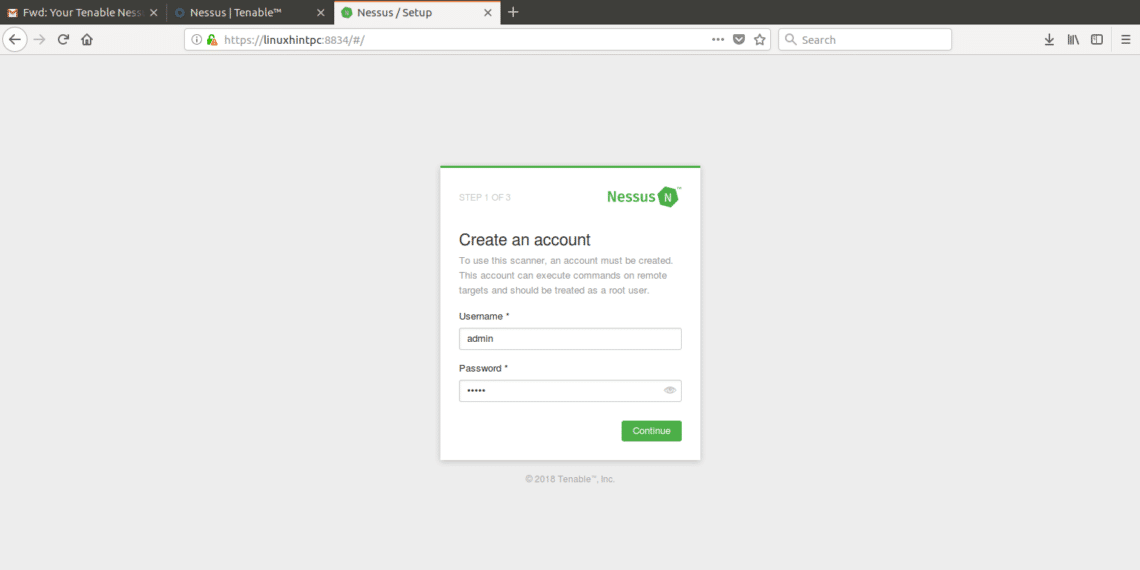
- #How to use nessus ubuntu free how to
- #How to use nessus ubuntu free Patch
- #How to use nessus ubuntu free license
Nexpose can be incorporated into a Metaspoilt framework.
#How to use nessus ubuntu free license
OpenVAS services are free of cost and are usually licensed under GNU General Public License (GPL)ĭeveloped by Rapid7, the Nexpose Website vulnerability scanner is an open-source tool used for scanning the vulnerabilities and carrying out a wide range of network checks.



#How to use nessus ubuntu free Patch
For this test, I got an Ubuntu 18.04 server image, updated it fully and ran Nessus and Trivy against it.Ī Nessus scan using credentials to allow patch checking, showed 0 unpatched vulnerabilities.
#How to use nessus ubuntu free how to
I was wondering how to replicate this as Nessus’ container scanning service is not availble for free, however luckily you can use Trivy to scan a Virtual Machine image, so we can test it that way and use the free Nessus Essentials for comparison. As far as I can tell, what’s happening is that Nessus/Nexpose take the approach of not flagging unpatched vulnerabilities where Trivy and Clair default to flagging them. Some tools, for example Nessus and Nexpose would report 0 issues, whilst others, such as Trivy or Clair would report relatively large numbers. Whilst this behaviour isn’t unique to containers, I came across it when investigating the differences between the results of different container scanning engines when run against Docker Hub official images. On the other hand, from a compliance standpoint, having a large number of unpatchable vulnerabilities can be awkward! On the one hand, it’s good for organizations to know about all their vulnerabilities.

Debian or Ubuntu) will release information about CVEs for which there is no released patched package, and so you get the question of “should a vulnerability scanner report those?”. Over the last couple of months I’ve been looking at container vulnerability scanning a bit (some more info here), and there was one behaviour I noticed that’s probably worth commenting on, as it can be a bit unexpected, and that’s the handling of unfixed vulnerbilities.


 0 kommentar(er)
0 kommentar(er)
